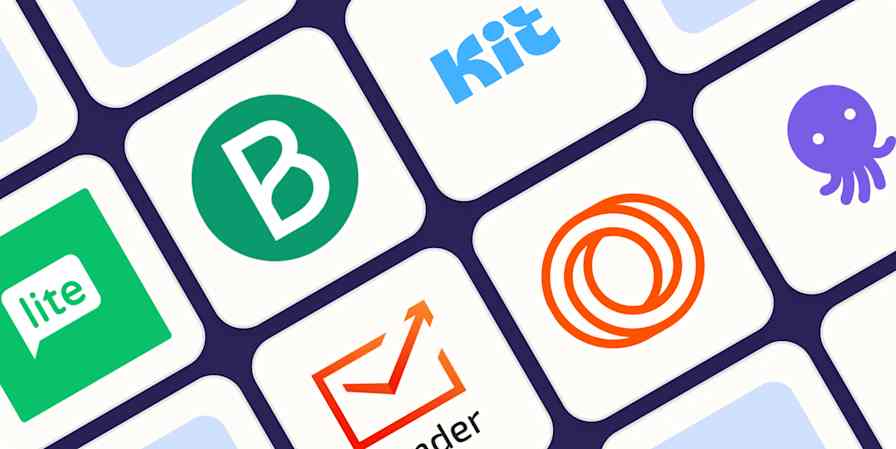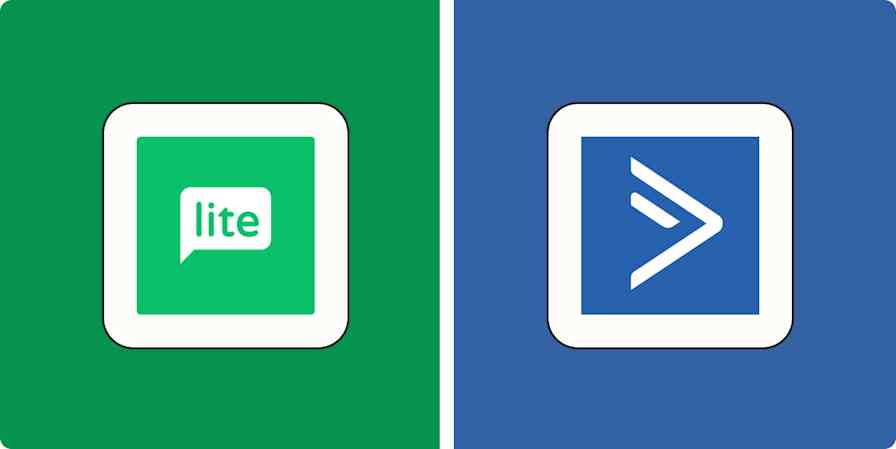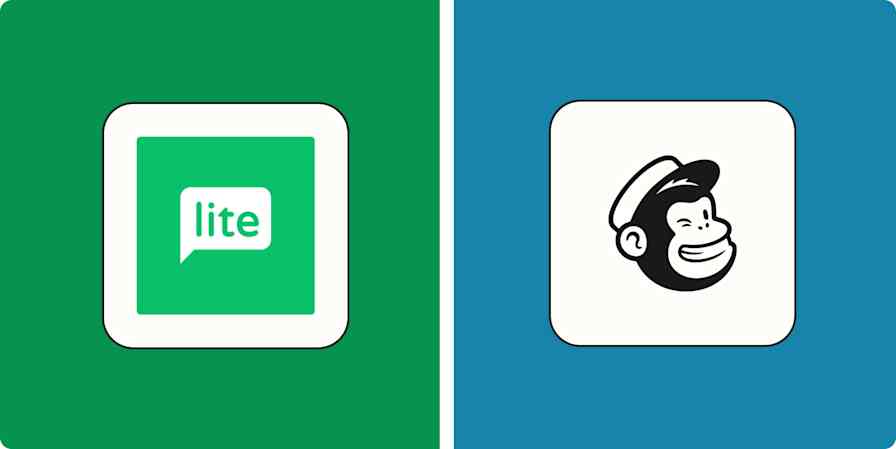Business tips
4 min read5 types of drip email campaigns to help you sell your online courses
How to use drip emails to convert leads, engage customers, and create brand advocates
By Sinwan Zahid · October 6, 2021

Get productivity tips delivered straight to your inbox
We’ll email you 1-3 times per week—and never share your information.
Related articles
Improve your productivity automatically. Use Zapier to get your apps working together.








